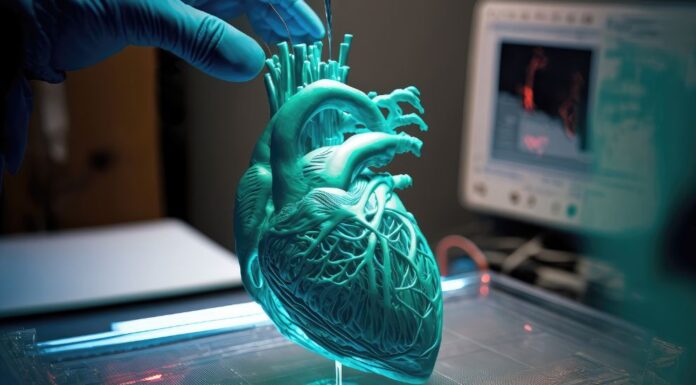The journey of bringing a medical device from concept to market has multiple challenges and complexities. These challenges often stem from the need to comply with strict regulatory standards to ensure patient safety and efficacy of the device. The prototyping phase acts not only as a test for design and function but also as a crucial checkpoint for regulatory adherence.
It is a stage where theory meets practice and where the tangible aspects of the medical device begin to take form. Through this prototyping process, you can refine the design, test for reliability, and make necessary adjustments before proceeding to larger-scale production. Understanding the steps to build a medical device prototype is crucial to developing a new medical solution to improve patient care.
Conceptualization and Design
The journey to an impactful medical device starts with a clear concept that addresses a specific need in healthcare. Begin by conducting comprehensive research to understand the problem you are solving. Create detailed design sketches and consider functionality, ergonomics, and patient safety. Utilize computer-aided design (CAD) software to formulate precise schematics and digital 3D models of your device.
Material Selection
Selecting the right materials for your device is essential due to the critical nature of medical applications. Materials should comply with regulatory standards for biocompatibility, sterilization, and durability. You must also consider the material’s properties in relation to the device’s intended use. For example, will the patient have the device implanted or will it come in contact with bodily fluids? It’s also important to consider the handling of any medical waste the device produces through manufacturing or use.
Creating a Proof of Concept
A proof of concept (POC) is a rudimentary model that demonstrates the feasibility of the device’s primary function. This stage assesses the viability of your idea without the intricacies of a refined design. Use rapid prototyping techniques such as 3D printing to quickly produce a POC, allowing you to validate the core concept before investing further into development.
Prototype Development
Once the POC validates the fundamental function, it is time to develop a working prototype that closely resembles the final product. This includes integrating all the designed features and ensuring the prototype is functional and user-friendly. This is also the stage to consider the manufacturing processes you will use, such as reaction injection molding. It’s also crucial to learn how to choose a part molding process, considering factors such as material selection, mold design, tolerances, and finishing options.
Testing and Iteration
To fully develop a medical device prototype, it must undergo rigorous testing to ensure it meets all necessary medical standards and regulations. This includes in-house testing and possibly clinical trials, depending on the nature of the device. Collect and analyze data to identify any design flaws or necessary improvements. Redo the prototype in response to feedback, refining the design until the prototype meets all specifications and user needs.
By thoughtfully progressing through these steps, you can transform a medical healthcare concept into a tangible, functional prototype. This is a significant leap toward bringing a potentially life-changing device to the marketplace.


